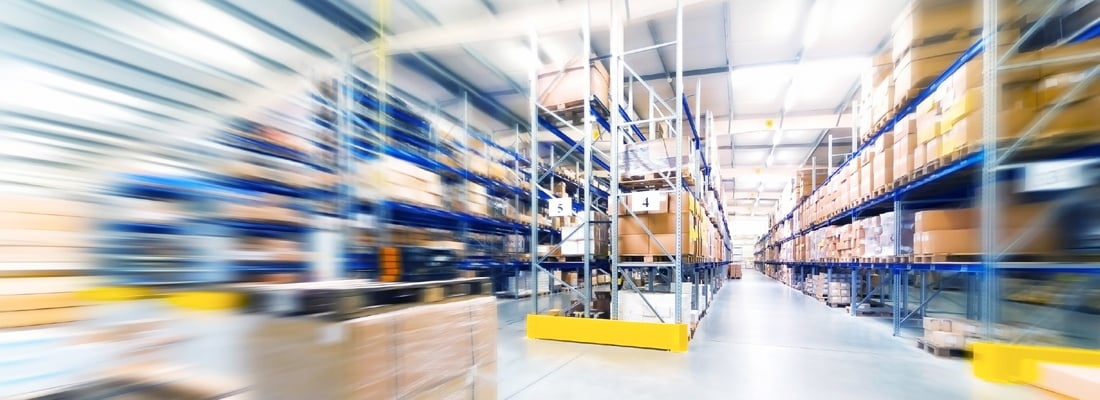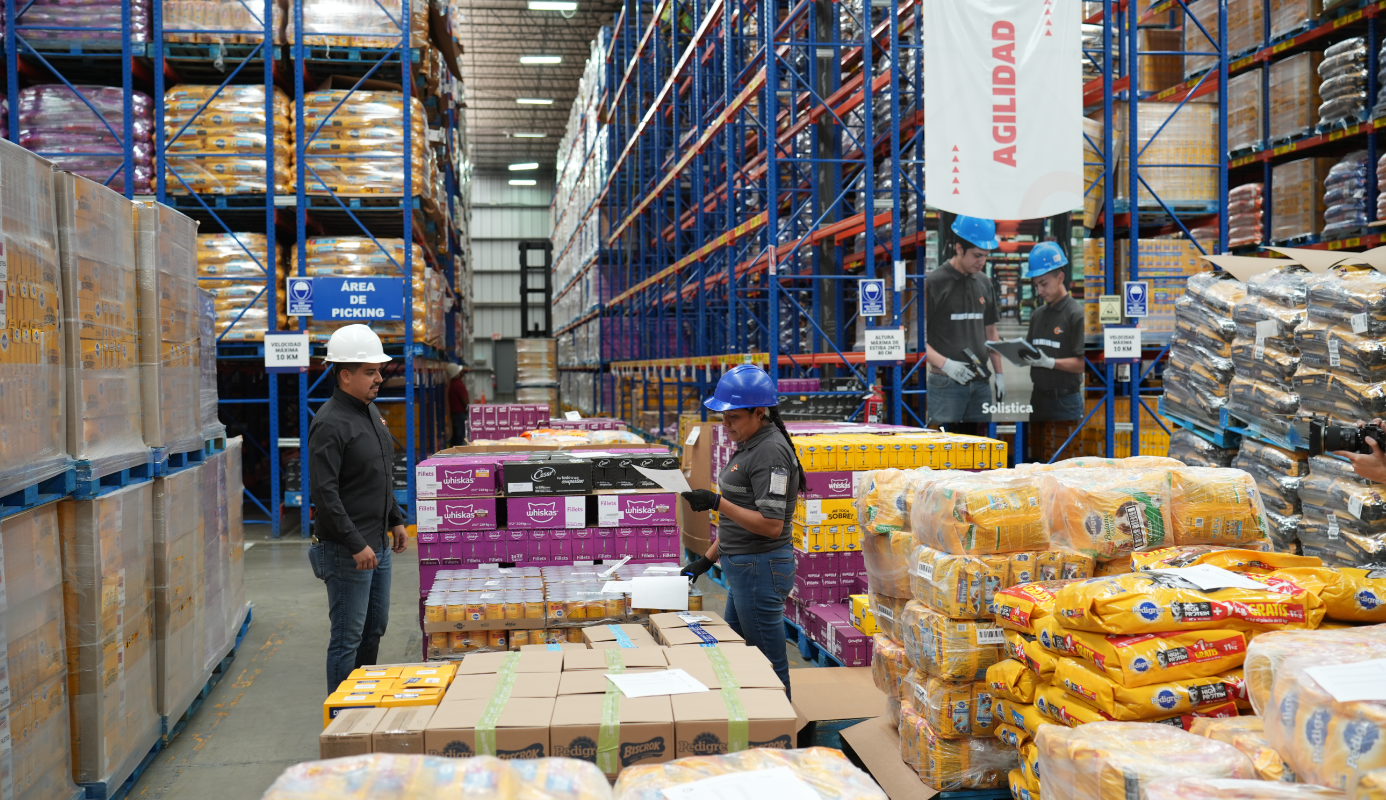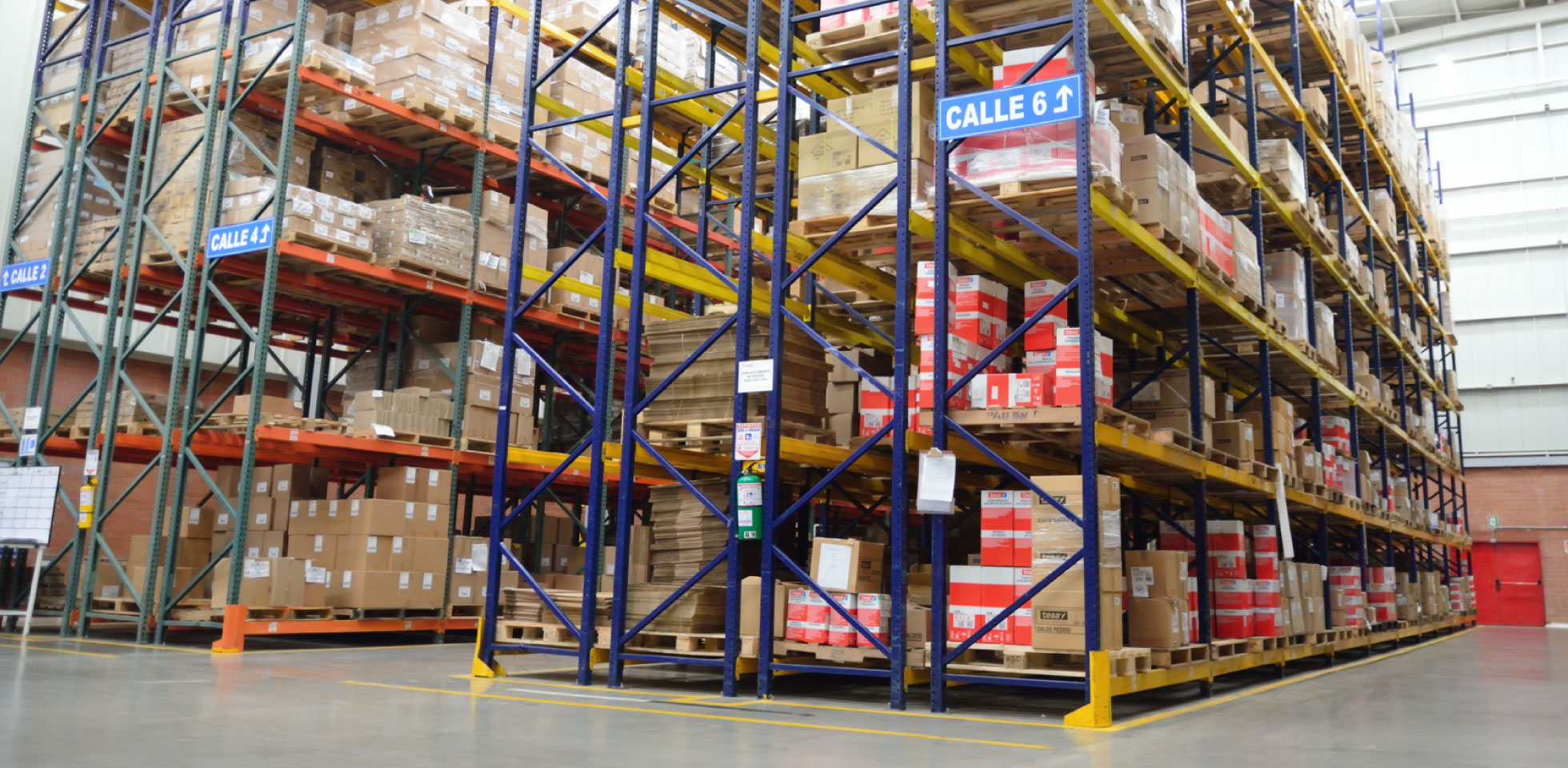Warehouse management impacts both customer satisfaction and the costs of the supply chain; therefore, it is a key factor for your company’s profitability and competitiveness.
The activities of warehouse management are part of the supply chain’s logistics and in the last years they have gained relevance because, besides being spaces used to keep goods, they also contribute value through diverse services.
Additional services we carry out in warehouse management, such as picking, packing, outsourced manufacturing, product refurbishing, cross-docking, and reverse logistics, among others, represent a diversification of the activities of a logistics company that benefit end clients.
This also brings greater complexity to goods handling, optimization of space use, and distribution of tasks among the staff.
Having a warehouse management system (WMS) is part of the solution to achieve an optimization of operations that results in cost reduction, increased productivity, and a better experience for clients.
What is warehouse management?
It consists in designing and executing a series of processes to optimize the storage of goods, ensuring these benefits:
- Expediting the transit of goods through the warehouse.
- Ensuring the correct identification of products.
- Maximize the use of available space.
- Minimize the handling of goods.
- Keep accurate inventories.
- Ensure on-time and correct deliveries.
- Raise staff productivity.
- Lower operational costs.
We may classify warehouse processes in five main tasks:
- Reception. When goods arrive, we need to record their ID data accurately, unload the goods, and check they match the bill of lading.
- Storage. Once we ID the goods, we need to assign them a space within the warehouse according to volume, weight, and turnover.
- Control of Inventories. We need to know not only which products we have in our warehouse, but where they are located and what moves they are subject to.
- Picking. Means choosing and gathering products in our warehouse to fulfill the deliveries ordered.
- Shipping. It is the procedure where we create the necessary documentation for shipments, carry out a physical inspection of the cargo to make sure the bill of lading matches the goods, and load them in the corresponding freight vehicle.
How does a warehouse management system work?
The goal of using this technology is to automate tasks and expedite the operation and eliminate mistakes.
A warehouse management system requires all sorts of information to accurately monitor goods and prepare reports that validate the productivity and results of each of the tasks carried out in the warehouse.
This information consists of:
- Information relating to the management of the warehouse as such, like performance and tasks’ results.
- Information relating to goods’ visibility and traceability, in other words, being able to monitor and locate cargoes at all times as well as the route they took from origin to destination using ID systems such as barcode and RFID labels.
For a successful implementation of a management system, you should focus on these aspects:
- Aim for an easy integration of the management system with your ERP, because you will need to share information between them to make it easier for you to make the right decisions.
- Make sure it can record common ID codes, such as barcodes and RFID labels; this will make recording entries, transport, collection, and exits of goods easier.
- Carry out a preliminary assessment of your processes to eliminate unnecessary movements and tasks so the implementation of the new management system builds upon agile processes.
How to improve warehouse productivity?
It is all about making the best possible use of available space by using management and technological solutions.
These are some of the principles you may use to increase warehouse productivity and have a positive impact on your company’s profitability:
- Use available space to its full potential and effectively. It is not easy to come by space to expand your warehouse, but you can make the best use of all the vertical space efficiently.
- Pay attention to tasks such as shelving, resupply, and location because it will make it easier to locate and gather products and avoid shortages and excess inventory.
- Design work flows to minimize bottlenecks within the warehouse and avoid unproductive interference between employees; this will decrease the ratio of redundant movements thanks to a precise coordination of goods’ gathering orders.
- Assign shelf space in relation to goods’ turnaround so their placement and gathering are efficient.
- Automate procedures and use robots to transfer and place goods to save time and eliminate errors.
- Listen to your staff’s proposals on how to improve the operation. They work there all the time and, therefore, they are better acquainted with issues and can contribute more efficient solutions.
- Assess your operations constantly and be open to change so you can implement a continuous improvement system.
How to design a more efficient warehouse?
The layout of the warehouse must aim to maximize its capacity; to do so, you may use some of the solutions available in the market. Here are some examples:
- Selective racking. You can use them to place up to two pallets front to back, reducing the front space for each type of goods. We can use this system to decrease the number of aisles between the shelves and thus make better use of the warehouse’s area.
- Mezzanines. These are platforms placed at different heights and positions so we can use all the vertical space in the warehouse. They may be used to store goods or as office space.
- Drive In. Useful when we store large amounts of the same products. It consists of continuous racks with no aisles between them where forklifts raise loads to the place where they will be set and move to the back of the rack placing the pallet on guide rails.
By using these types of systems that make the best use of space and by applying technologies that enable the optimal registration and control of inventories, the activities of the logistics’ warehouse and the tasks of an efficient distribution contribute value to the supply chain.
Solistica offers these types of solutions on its 442,000+ square meters of warehouse space in several locations in Mexico, Brazil, and Colombia; offering added value that aligns perfectly to its clients’ KPIs and standards.
Apart from different storage options such as dedicated or multi-client warehouses, and dry or multi-temperature facilities, Solistica offers value-added services like outsourced manufacturing, labeling, packing, picking, validation, reverse logistics, product refurbishing, and palletizing.
As you can see, an efficient warehouse management is essential for sustaining your company’s competitiveness in the current business environment. The optimal management of a warehouse should reflect on additional services, cost reduction, and on the value all this may contribute to your supply chain to ensure your company keeps meeting its profitability goals.
 *This blog was originally published on June 10 2019 and modified on April 9 2022.
*This blog was originally published on June 10 2019 and modified on April 9 2022.






